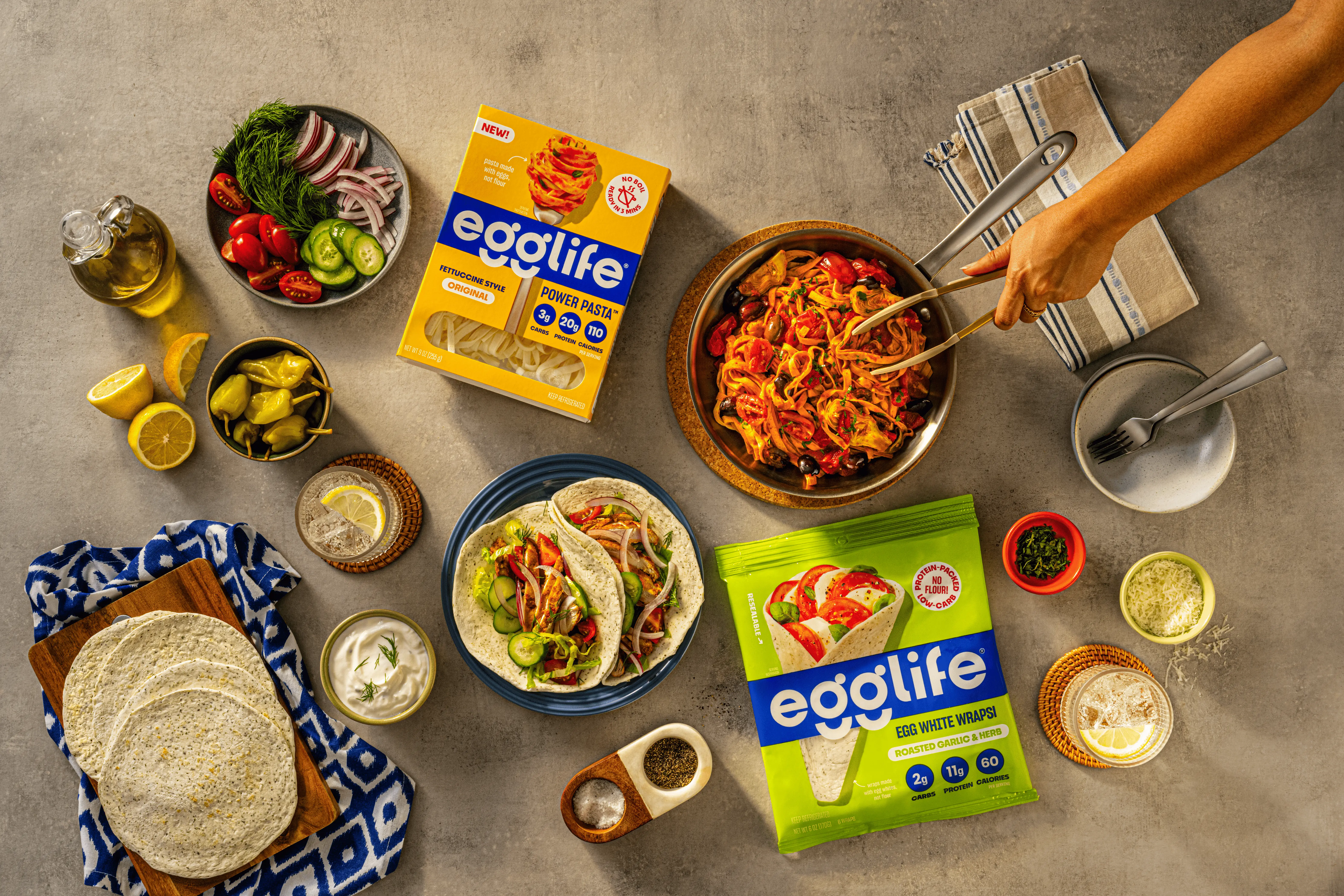Are you eating too much sugar?
There’s a lot of buzz around sugar, and cutting through the hype and finding the truth can be overwhelming for many people.
Take a deep breath and let’s look at the term “added sugar” so you can feel empowered to make the best choices for your lifestyle and food preferences!
Every five years, the United States Department of Agriculture (USDA) releases an edition of the Dietary Guidelines for Americans. These guidelines summarize the latest scientific and medical research to help educate Americans so they can make the best food choices for their bodies. One of the big take-aways from the recent guidelines is the recommendation to eat a variety of all food groups and to keep an eye on how much added sugar you are taking in each day.
WHAT IS “ADDED SUGAR?”
Added sugars are just that — added! For example, whole fruit doesn’t have added sugar, but canned fruit may have extra sugar to boost the flavor. Added sugars are also commonly found in sauces, sweetened beverages, yogurts, breads, desserts, and other shelf-stable foods.
WHY DOES ADDED SUGAR HAVE A RECOMMENDED LIMIT?
One of the main challenges of added sugars is that by eating too much of them, you might be missing out on other foods that are more nutrient-dense and offer essential vitamins, minerals, and fiber. They are safe to eat in moderation — so you don’t have to say goodbye to your favorite foods forever. But by being aware of which foods are high in added sugars, you can be better equipped to choose foods or products that can keep you satisfied and offer the nutrients your body needs.
HOW MUCH IS TOO MUCH?
The current recommendation is to aim for consuming less than 10 percent of your daily calories through added sugar. Each person’s daily calorie needs will vary, but as an example, let’s look at someone who consumes 2,000 calories per day (this is also the calorie reference that food companies use when they calculate the percent daily value [%DV] on product labels). For this person, the Dietary Guidelines recommend that they aim to consume no more than 200 calories (or 50 grams) from added sugar each day. For reference, 50 grams of sugar is equivalent to about 4 tablespoons of table sugar or a little less than what is in a 20 oz cola!
Before you raid your pantry, 50 grams a day isn’t as challenging as you may think! It is completely feasible to eat traditional meals, snacks, and desserts while still staying under 50 grams of added sugar.
WHAT EXACTLY DOES 50 GRAMS OF ADDED SUGAR LOOK LIKE IN A DAY?
Check out this sample day of meals and snacks:
Breakfast
- Cheesy Breakfast Burrito (1g) with salsa (1g) = 2 grams added sugar
- Coffee with creamer — 5 grams added sugar
Snack
- Almond Berry Snack Wrap — 17 grams added sugar
Lunch
- Greek Wrap (5g) and Side Salad with Dressing (6g) — 11 grams added sugar
Snack
- Chips and Mango Salsa — 0 grams added sugar
Dinner
- So Easy Air Fryer Pizza — 1 gram added sugar
Dessert
- 3 Chocolate Sandwich Cookies and a Glass of Unsweetened Nut Milk — 14 grams added sugar
Grand total: 2+5+17+11+0+1+14= 50 grams of added sugar
If you’re interested in paying more attention to your added sugar consumption, It’s important to strive for progress and not perfection — the fact that you’re reading this article shows that you care about your health. Start slow and give yourself grace along the way. There is even more information about sugar coming next month as we discuss chocolate and sweets, so stay tuned here and on Instagram @egglifefoods!
You can read more about the Dietary Guidelines for Americans here and if you need even more meal and snack ideas, check out all of egglife’s recipes here.


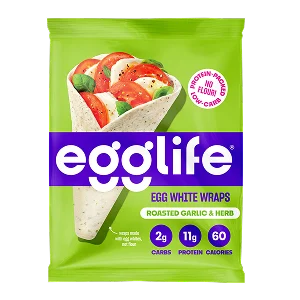
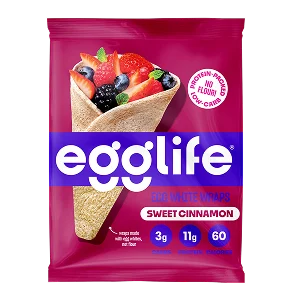



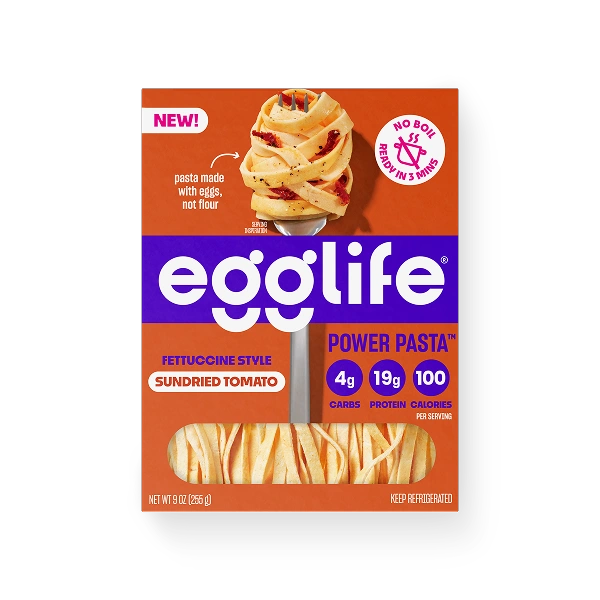



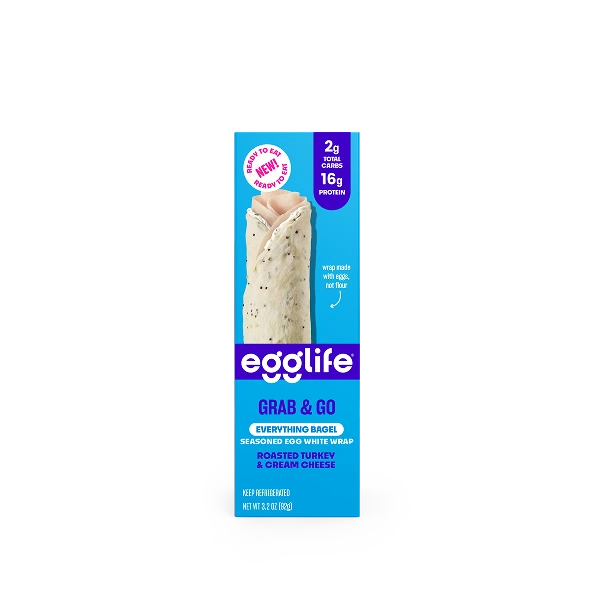












%20(1).webp)
%20(1).webp)




